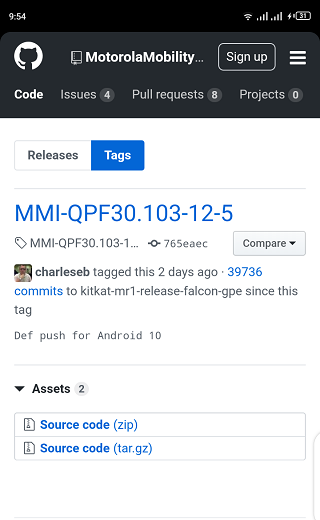Motorola was a little late into the Android One playground. Rekindled by Xiaomi in 2017 after a lackluster start to life, Android One is slowly growing richer with some great additions into the family, this time from renowned brands like Motorola, LG, and, of course, Nokia.
Motorola seems to have found an escape route in Android One following a series of poor performances in the smartphone market. In 2019 alone, for instance, the Lenovo-backed OEM released five Android One devices.
Last into the party in December 2019 was the Moto One Hyper. Powered by Android 10 out of the box, the One Hyper became the first from the company to offer a pop-up selfie camera akin to the OnePlus 7 Pro.

The midrange phone offers a 6.5-inch 1080p display, a Snapdragon 675 SoC, 4GB RAM, 128GB of storage, a dual-lens 64MP + 8MP main camera, 32MP selfie camera, a 4000mAh battery, and a 3.5mm audio jack.
Pretty average specs huh, but why the Hyper tag? Well, that stems from the included 45W “hyper charging” tech, one of the fastest you’ll find in any smartphone.
To make things even more interesting, Motorola has now published the official Android 10 kernel source code for the Moto One Hyper (codenamed Def), which means custom ROM developers and modders can now take charge.

Matter of fact, a beta version of OmniROM based on Android 10 is already available for the One Hyper and more should be expected in the coming months.
Motorola has already uploaded the Moto One Hyper Android 10 kernel source code to its public GitHub repository. Interested devs can get the package via this link.
PiunikaWeb started as purely an investigative tech journalism website with main focus on ‘breaking’ or ‘exclusive’ news. In no time, our stories got picked up by the likes of Forbes, Foxnews, Gizmodo, TechCrunch, Engadget, The Verge, Macrumors, and many others. Want to know more about us? Head here.



